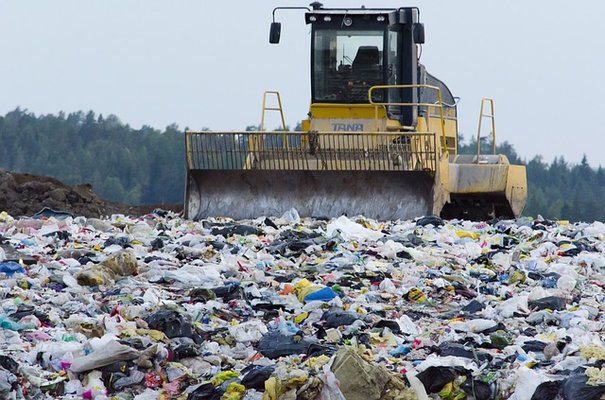Today, there are nearly 2,000 active landfills across the country and hundreds more are at capacity, a stark reminder of just how massive our waste problem has become. One thing we have to remember when looking at this is that trash, and landfills, are a human invention. Waste does not exist in nature, in any form. Everything that is produced in a healthy ecosystem is consumed or decomposed by another organism, or the sun. That is because, in a natural system, everything has value to something. We need to return to how things were in nature, where waste does not exist, by creating a circular economy and committing to zero-waste systems.
Continue reading... →On an expedition to the Ecuadorian rainforest, Yale students discovered a new type of fungus which may speed up the decomposition process of discarded plastics in landfills. Currently, Americans discard about 33.6 million tons of plastic each year. Only 6.5 percent of it is recycled and 7.7 percent is combusted in waste-to-energy facilities, which create electricity or heat from garbage. In result, there is a massive amount of non-biodegradable materials being tossed into landfills with a wait of about 1,000 years or so before they decompose. What’s worse, many of these materials may leak pollutants into the soil and water. The fungus is the first one that is known to survive on polyurethane alone, and it can do so in an anaerobic (oxygen-free) environment, suggesting it could be used at the bottom of landfills.
Continue reading... → There are greater concentrations of precious metals in our e-waste than there are in the ground. And it’s a lot cheaper and cleaner to get things out of e-waste than starting a giant mining operation. Where would you rather get the materials for your next gadget?
There are greater concentrations of precious metals in our e-waste than there are in the ground. And it’s a lot cheaper and cleaner to get things out of e-waste than starting a giant mining operation. Where would you rather get the materials for your next gadget?
The mountain of electronic waste rising around the world is a gold mine–literally. Urban deposits of e-waste (discarded computers, phones and other electronics) contain 40 to 50 times the concentration of precious metals compared to ore mined from the ground at great cost to the environment, human health, and buyers of latest gadgets. We should mine it our e-waste, then, rather than the stuff in the ground.
That’s the message from the “e-Waste Academy” co-organized by the United Nations University and the Global e-Sustainability Initiative (GeSI). Despite the 21 billion dollars of gold and silver embedded in modern electronics each year, not to mention copper, tin, cobalt, and palladium and other metals, only a fraction of which is ever recovered. For example, 80 to 85% of gold in e-waste is lost due to crude (and dangerous) dismantling processes in developing countries and ineffective collection systems in developed countries (which are the source of most e-waste).
“Rather than looking at e-waste as a burden, we need to see it as an opportunity,” said Alexis Vandendaelen of Umicore Precious Metals Refining at the meeting.
Continue reading... →
Ever visit a landfill? It ain’t pretty. Most of the debris of humanity ends up there. Bottles. Tires. Plastic. Old newspapers that you were suppose to recycle. Well, this month you have a chance to redeem yourself. July is “Waste Less” month and Women Of Green is participating in the GOOD Challenge. A month-long effort to lighten your load (and Mother Earth’s) in any way you can. Here are some ideas to get you started.
Continue reading... →
